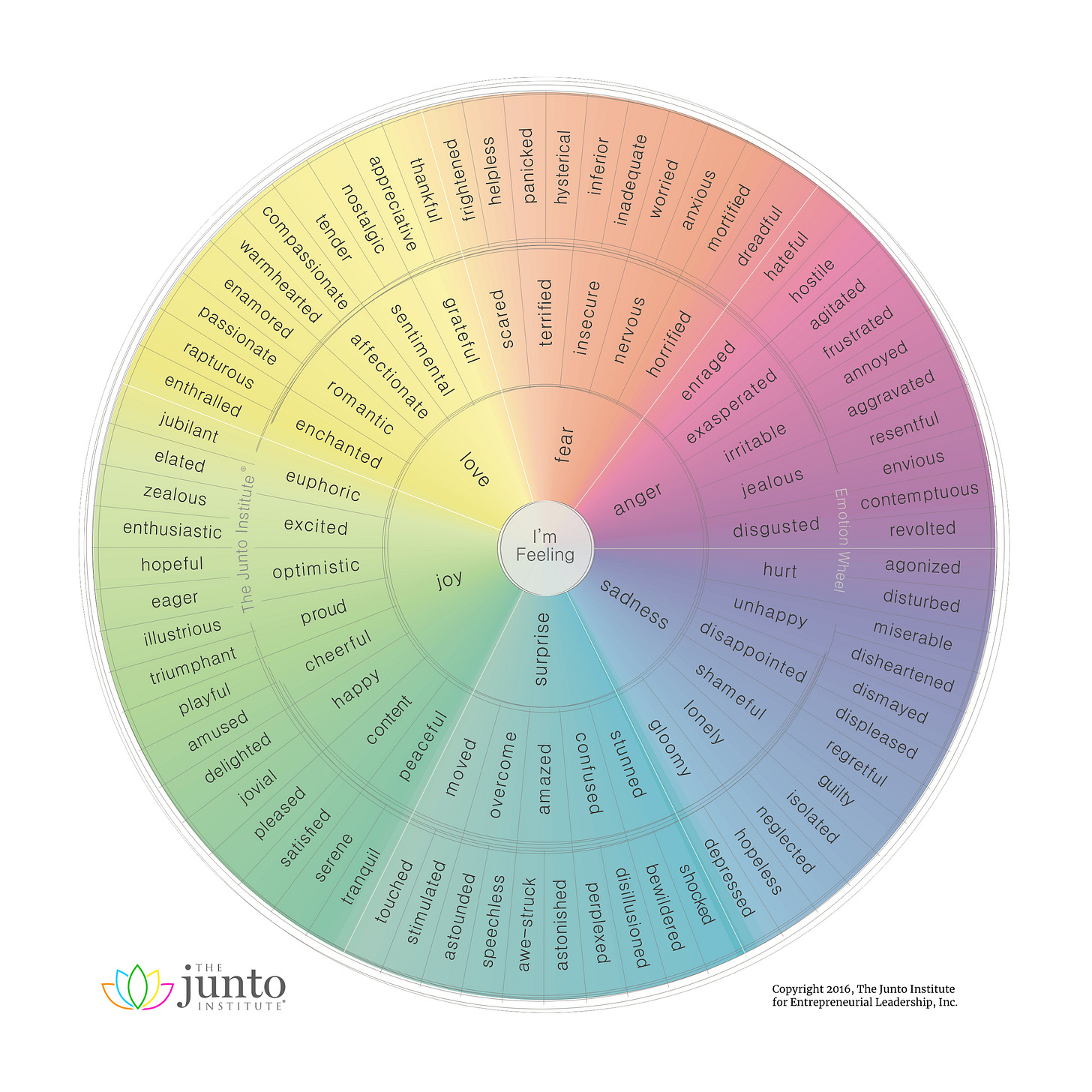Think about when you have a friend or family member who’s battling an illness or injury, experiencing grief from a personal loss, or dealing with a mental health challenge. Since you care about them in a genuine way, you probably want to know how they’re coping.
So what might you say to show your compassion? If you’re like most people, you’d likely ask them, “How are you doing?” or “How are you feeling?”
Both are standard questions we use to try to connect with someone we care about. And when we use such standard questions, we often get standard responses like the following:
good
not good
fine
amazing
tired
wiped out
awesome
OK
terrible
alright
could be better/worse
living the dream
The problem with these responses is that they don’t tell us much about how the other person is actually doing or feeling because they’re generic, ordinary, and humdrum. Sure, we may follow-up with “Why?” or “Tell me more” but in my experience, few people do.
I believe there’s a higher standard for a question that shows our compassion, connects deeper with someone we care about, and stimulates a more human interaction. That questions is, “What are you feeling?”
For some reason that perhaps a linguist could explain, the how questions often elicit a generic response like those listed above. But the what question is more likely to generate a specific response that aligns with one’s emotions.
Truth be told, most people may struggle with answering the what question and still offer a generic answer like “joy” or “sadness” or “anger.” And that’s where a second standard becomes powerful in our desire to be more compassionate, connected, and human: a catalog of emotions we can share with the other person to prompt them with the right language.
Here’s an example:
This is a tool called the Junto Emotion Wheel that I use in my work with emotional intelligence training (there are many similar emotion/feelings wheels out there).
In my experience, as well as that of hundreds of others I’ve interacted with, tools like this prompt people’s awareness and thinking to get more specific with how they’re actually feeling.
So the next time you want to connect with someone you care about, I invite you to try two new standards:
the question, “What are you feeling?”
a list of words that stimulate deeper awareness of their emotions
Yes, it may take some getting used to, take more time at the start of a conversation, and perhaps require at least one of you to move out of your comfort zone. But if you’re like me and many others I know, you’re likely to connect with your friends and family in a much deeper way.

